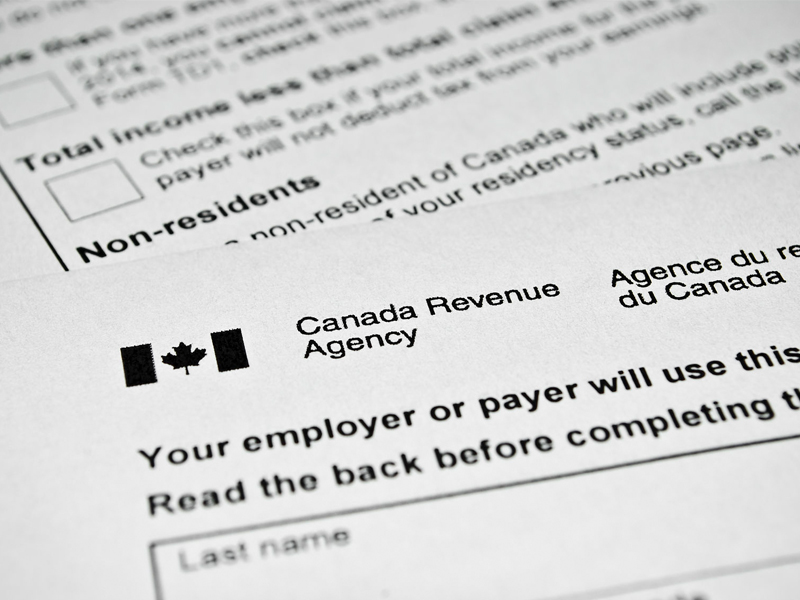
The federal government will favour targeted tax measures in the 2019 budget, as opposed to broad-based tax cuts or comprehensive tax reform, as the Liberals position themselves to fight an election campaign this autumn.
“You’ll be seeing more ’boutique’ tax credits,” says Aaron Wudrick, federal director of the Canadian Taxpayers Federation in Ottawa. “[The Liberals] will identify a politically important demographic and find out what they can do for them.”
Adds Fred O’Riordan, national leader, tax policy, at Ernst & Young LLP (Canada) in Ottawa: “You saw a pre-election fall economic statement [a.k.a. FES] with lots of additional spending for certain targeted sectors. I anticipate something along the same lines in the [federal] budget.”
Although the feds are not likely to risk the political fallout that would be associated with increasing tax rates, the government nevertheless will be looking to boost revenue where possible, Wudrick suggests. In the 2018 FES, the Liberals projected a deficit of $18.1 billion for the 2018-19 fiscal year and a $19.6-billion deficit for 2019-20, with no path back to balance outlined.
One way the government will try to raise revenue is by bolstering efforts to fight offshore tax evasion and aggressive tax planning, Wudrick suggests: “They are really going to turn the screws on the tax avoidance stuff. Trying to enforce the existing tax rules is a lot easier than bringing in new rules. So, people who are using tax rules that could even remotely be considered a grey area should be very careful, because [the Canada Revenue Agency] could be coming for [them].”
Ottawa probably has little flexibility for ambitious tax expenditures in the 2019 budget, particularly after the Liberals introduced accelerated capital cost allowance (CCA) measures in the FES. Those measures allow businesses to expense the purchase of machinery, equipment and other capital goods more quickly than before. The measures were introduced to address what is perceived to be a widening gap in competitiveness relative to the U.S. after the U.S. government introduced extensive tax reforms in 2017.
“[Accelerated CCA] will help,” says Pedro Antunes, chief economist with the Conference Board of Canada in Ottawa. “Any help is good news in a situation that is still very unfavourable to business investment in Canada.”
However, the accelerated CCA measures fell short of what many economists and Canadian business associations were hoping for regarding lower corporate rates and tax reform.
“We thought the changes in the FES were positive in terms of addressing a short-term problem in comparison with the U.S.,” says Bruce Ball, vice president, taxation, with Chartered Professional Accountants Canada in Toronto. “But we still strongly believe that we need to do a review of the tax system.”
Adds O’Riordan: “The government had hoped that these [accelerated CCA] measures would be sufficient to turn down the heat, but I don’t see that happening. I foresee there being continual pressures from businesses wanting to see further changes and more broad-based reforms.”
Alexandre Laurin, director of research with the C.D. Howe Institute in Toronto, doesn’t anticipate lower personal tax rates will be in the cards in the upcoming budget either. In 2016, the government fulfilled an election campaign promise by lowering the rate on the second-lowest tax bracket to 20.5% from 22.0% – the so-called “middle-class tax cut” – and created a new highest tax bracket with a new top marginal tax rate of 33%, up from 29%.
If the government doesn’t want to lower tax rates, it should consider raising the threshold beyond which the top marginal tax rate applies, Laurin says: “Instead of a $200,000 threshold, [the top threshold] could be set at $300,000 or, even better, $400,000. It would still be under what they have in the U.S.”
Raising the top threshold would help Canadian competitiveness in attracting and retaining talent, says Ball: “The top rate kicks in at a fairly low level. We’re worried about top rates affecting more than the usual business owners and CEOs and now affecting upper-middle management at companies, especially people whose skills are in demand.”
The government appears to have lost its appetite for tax reform, something the Liberals had identified as a priority early in their mandate. In 2016, the government consolidated several tax credits for children into the Canada Child Benefit, a policy move that was lauded widely. In 2017, the Liberals eliminated the public transit tax credit. The feds even launched an internal review of tax expenditures.
However, since then, the Liberals have introduced boutique tax credits, including, most recently, a digital subscription tax credit intended to help the struggling news media industry. (The results of the internal review of tax expenditures were never released.)
O’Riordan suggests that the backlash the government felt after its mishandling of proposed changes to the taxation of small business left the Liberals “a little gun-shy about undertaking comprehensive tax reforms.” In 2017, the government proposed far-reaching changes to the taxation of private corporations, but were forced to retreat significantly after receiving criticisms from small-business groups and professional organizations.
The private corporation tax changes that did proceed only added to the complexity of the tax system, Ball says. He anticipates that financial advisors and their business-owner and entrepreneur clients will struggle with interpreting and complying with the new rules in 2019.
“A lot of advisors are spending more time with their clients just explaining [the small-business tax changes] to them and adjusting their [small-business clients’] remuneration plans and that sort of thing,” Ball says. “The issues [with the small-business tax changes] we were expecting to be problems are showing themselves to be problems, in terms of complexity.”
The Liberals may introduce a big-ticket item in the budget – many tax experts anticipate some kind of national “pharmacare” drug plan program – thus providing a plank in the party’s election campaign platform, which will constrain the government even further regarding tax relief.
Says Wudrick: “Going into an election, the government is going to make promises that are going to cost money, not return money to people’s pockets.”